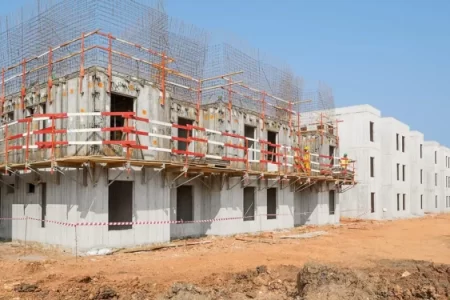The Bank of Ghana’s July 2024 Monetary Policy Report highlights a nuanced picture for the country’s construction and industrial sectors, revealing both growth and decline in key indicators.
In the construction sub-sector, cement sales—an important proxy for construction activity—increased by 10.6 percent year-on-year, reaching 235,050.55 tonnes in May 2024, up from 212,584.38 tonnes a year earlier.
On a month-on-month basis, cement sales also rose by 13.2 percent compared to April 2024.
However, total cement sales for the first five months of 2024 saw a marginal decline of 2.3 percent, totaling 1,132,654.32 tonnes, down from 1,158,854.69 tonnes in the same period of 2023.
This year-on-year improvement was attributed to a notable uptick in construction activities.
In contrast, the report indicates a slight downturn in industrial electricity consumption, which decreased by 1.2 percent in May 2024, totaling 295.71 gigawatts compared to 299.23 gigawatts in May 2023.
Cumulatively, electricity consumption by industries over the first five months of 2024 fell by 7.0 percent, amounting to 1,399.80 gigawatts, down from 1,505.47 gigawatts a year ago.
Despite these mixed signals, the Bank’s real Composite Index of Economic Activity (CIEA) displayed positive growth, recording an annual increase of 3.3 percent in May 2024, a reversal from the 3.7 percent contraction seen in the previous year.
Key contributors to this growth included SSNIT contributions from the private sector, robust imports, increased port activity, and stronger domestic VAT receipts, reflecting a broader recovery in economic conditions.
Source:norvanreports.com

